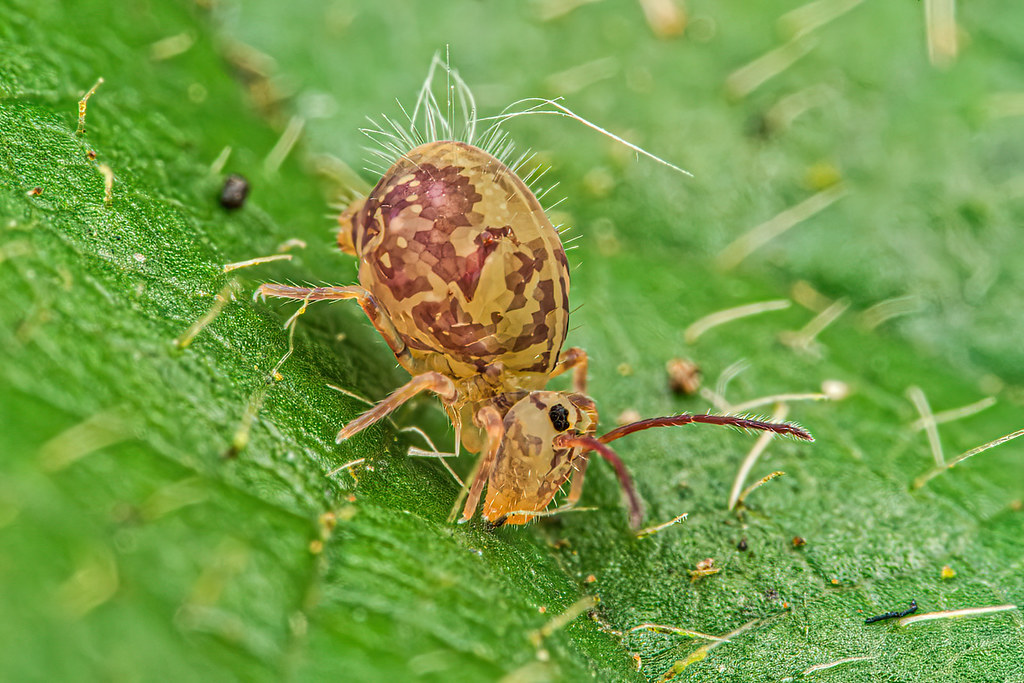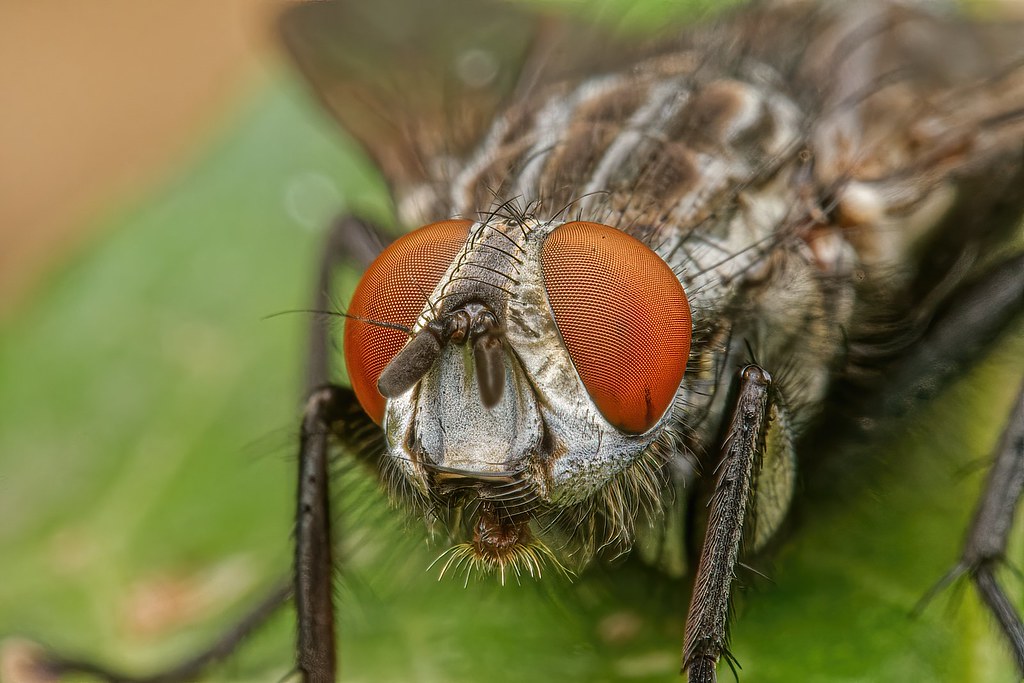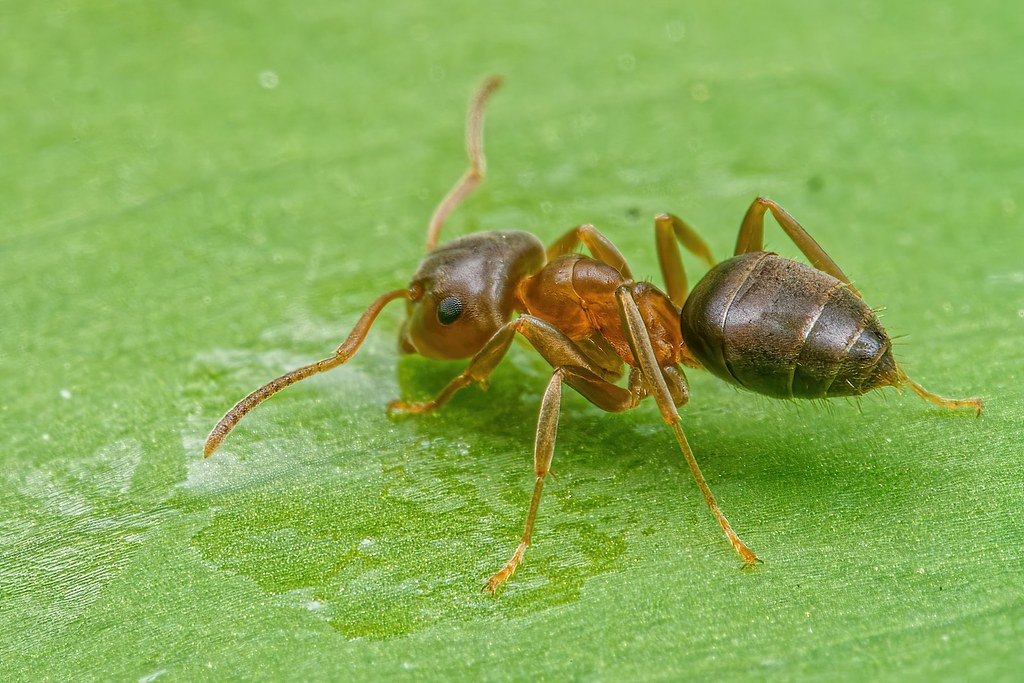GardenersHelper
In Memoriam
- Messages
- 6,344
- Name
- Nick
- Edit My Images
- Yes
I've been having some discussions recently about eye detail and it has left me curious. How necessary is eye detail for your enjoyment of an image?
You might want to base a response on your own experience, but for anyone who would like an example to respond to .....
..... this image doesn't have any eye detail. Would you throw it out because of that? (You might throw it out for other reasons, but it is the eye detail question that I'm primarily interested in here.)

1888 10 2021_05_12 DSC02428_PLab4 LR 1300h DNAI DNAIcLoLo by gardenersassistant, on Flickr
if you look at the next image at 100% of its 1300 pixel high size you will see that it does have some eye detail, but it isn't very good quality. Would you throw it out because of that?

1888 12 2021_05_12 DSC02436_PLab4 LR 1300h DNAI DNAIcLoLo by gardenersassistant, on Flickr
I do have some thoughts about this issue, but I'll keep them for a response later. Just now I'm more interested in what you think.
You might want to base a response on your own experience, but for anyone who would like an example to respond to .....
..... this image doesn't have any eye detail. Would you throw it out because of that? (You might throw it out for other reasons, but it is the eye detail question that I'm primarily interested in here.)

1888 10 2021_05_12 DSC02428_PLab4 LR 1300h DNAI DNAIcLoLo by gardenersassistant, on Flickr
if you look at the next image at 100% of its 1300 pixel high size you will see that it does have some eye detail, but it isn't very good quality. Would you throw it out because of that?

1888 12 2021_05_12 DSC02436_PLab4 LR 1300h DNAI DNAIcLoLo by gardenersassistant, on Flickr
I do have some thoughts about this issue, but I'll keep them for a response later. Just now I'm more interested in what you think.




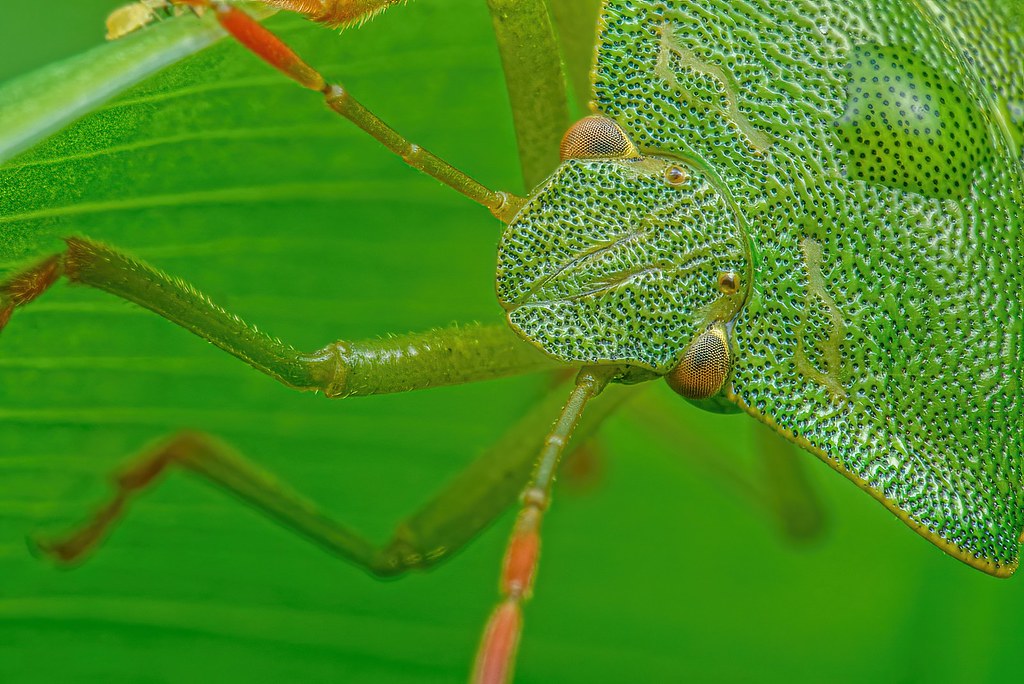
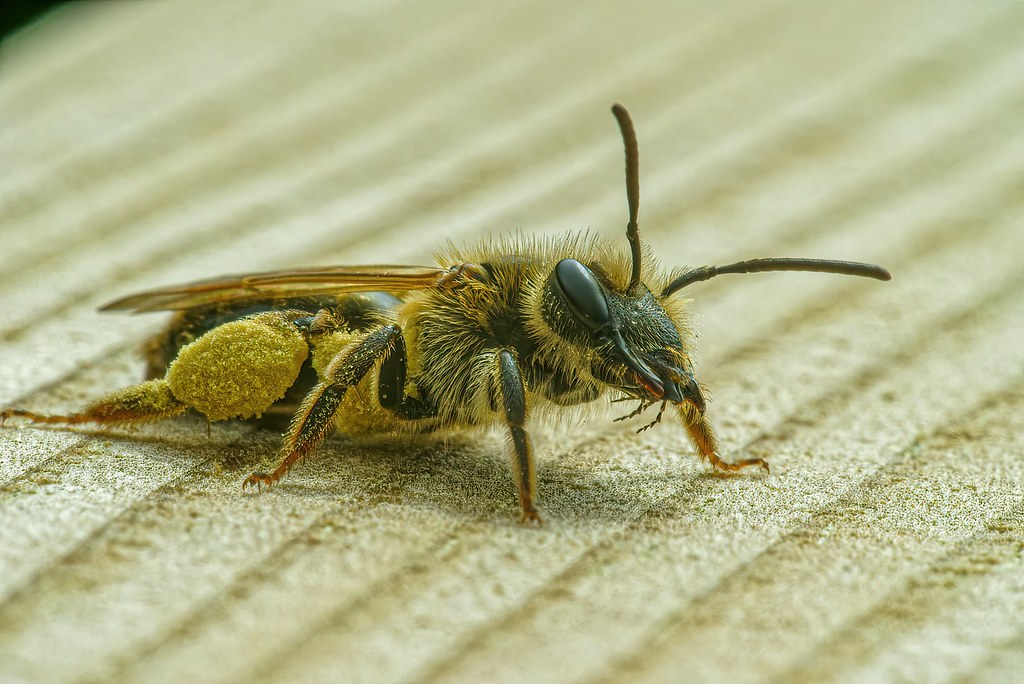
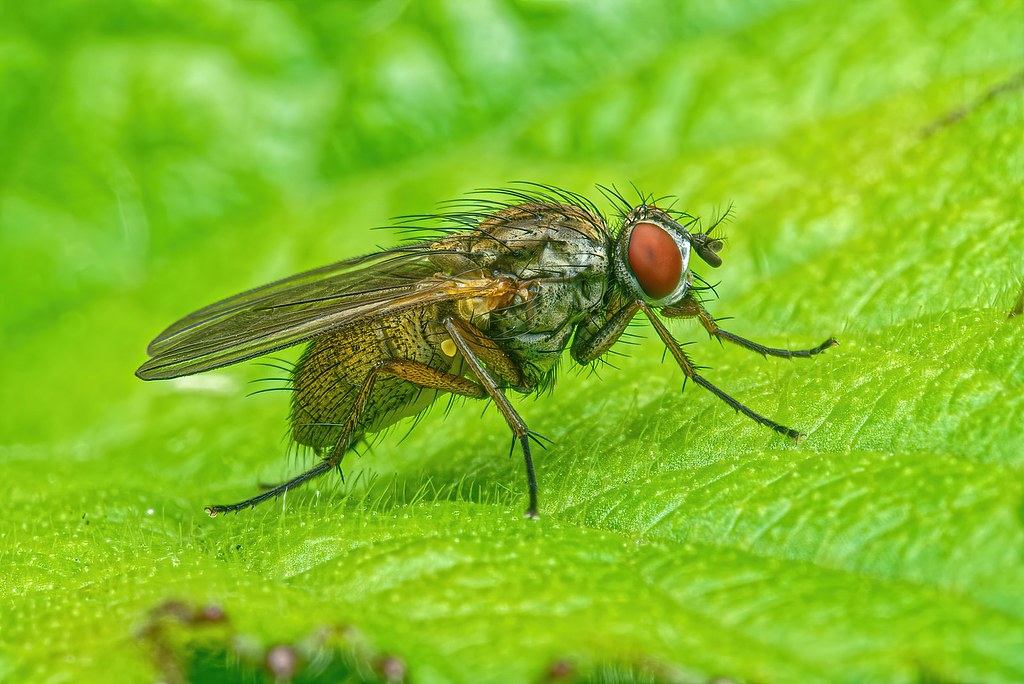
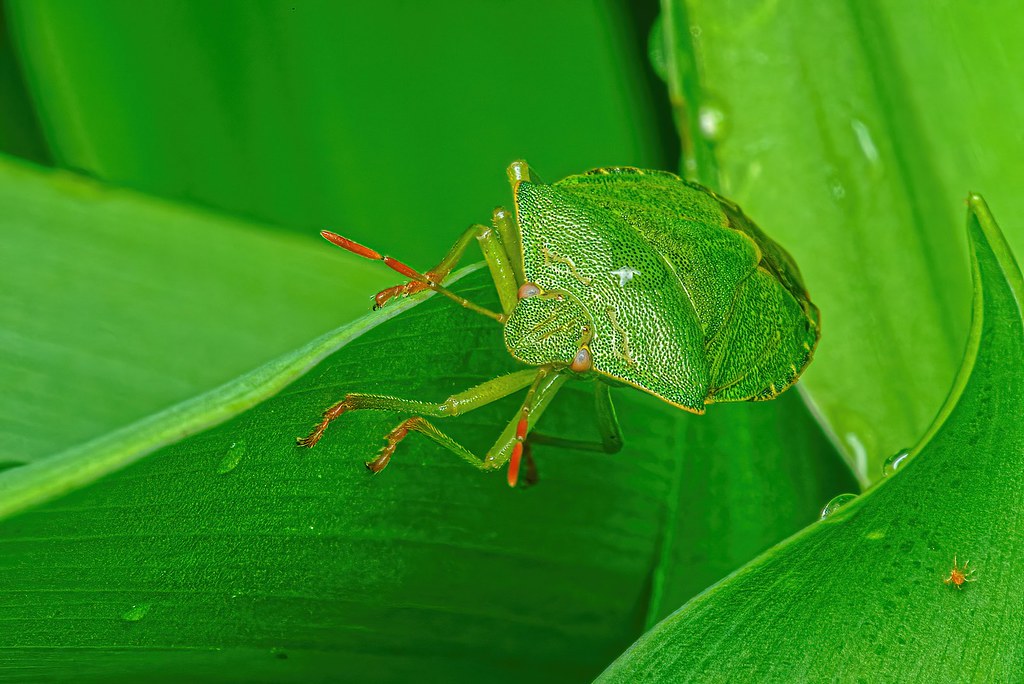
 SpiderIMG_6093
SpiderIMG_6093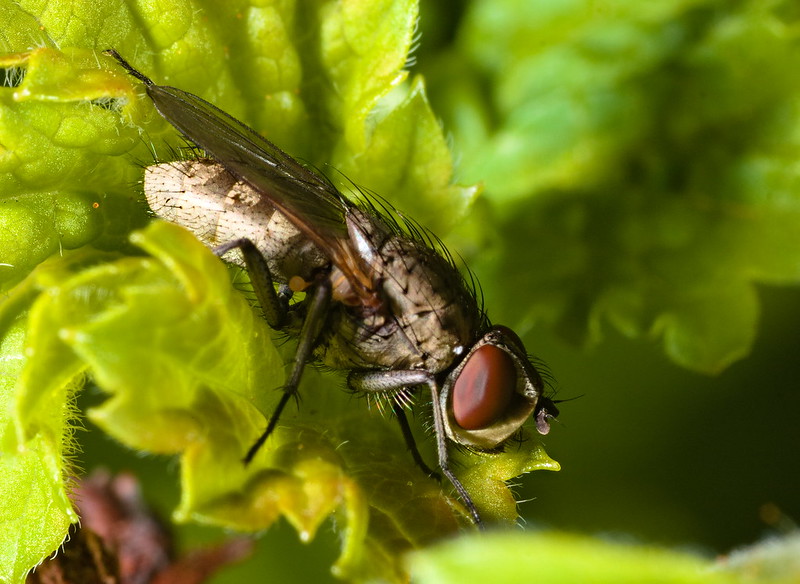 FlyIMG_8301
FlyIMG_8301 Fly IMG_0985
Fly IMG_0985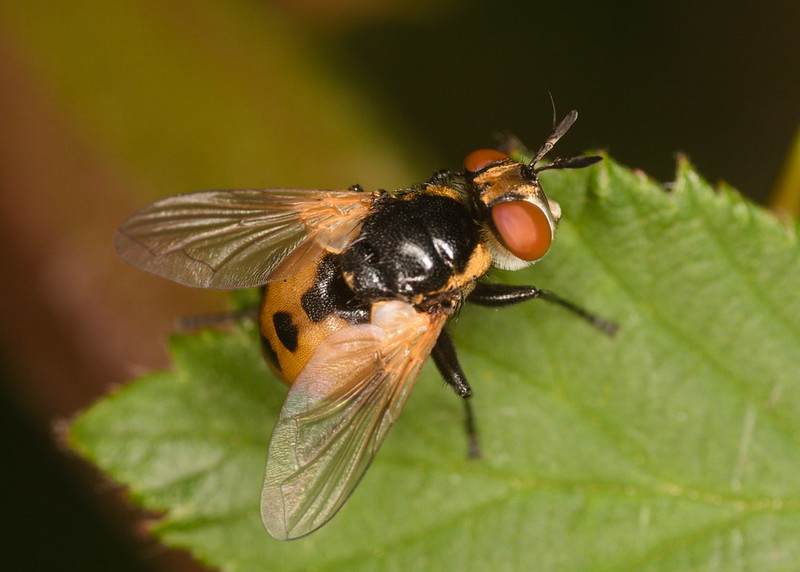 FlyIMG_0676
FlyIMG_0676
